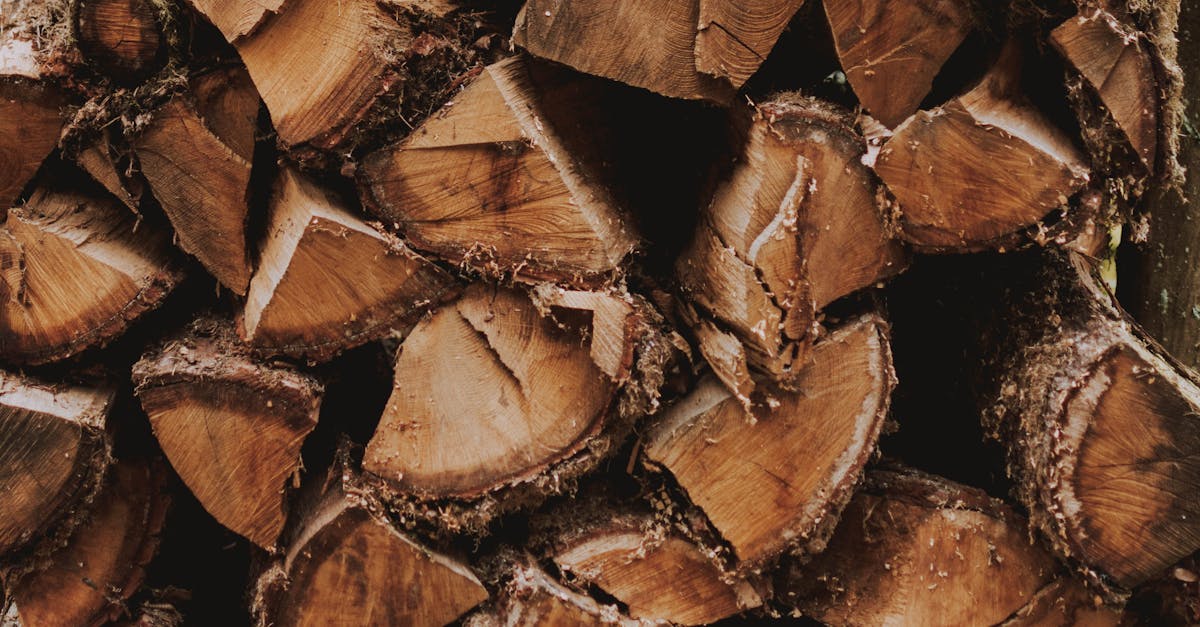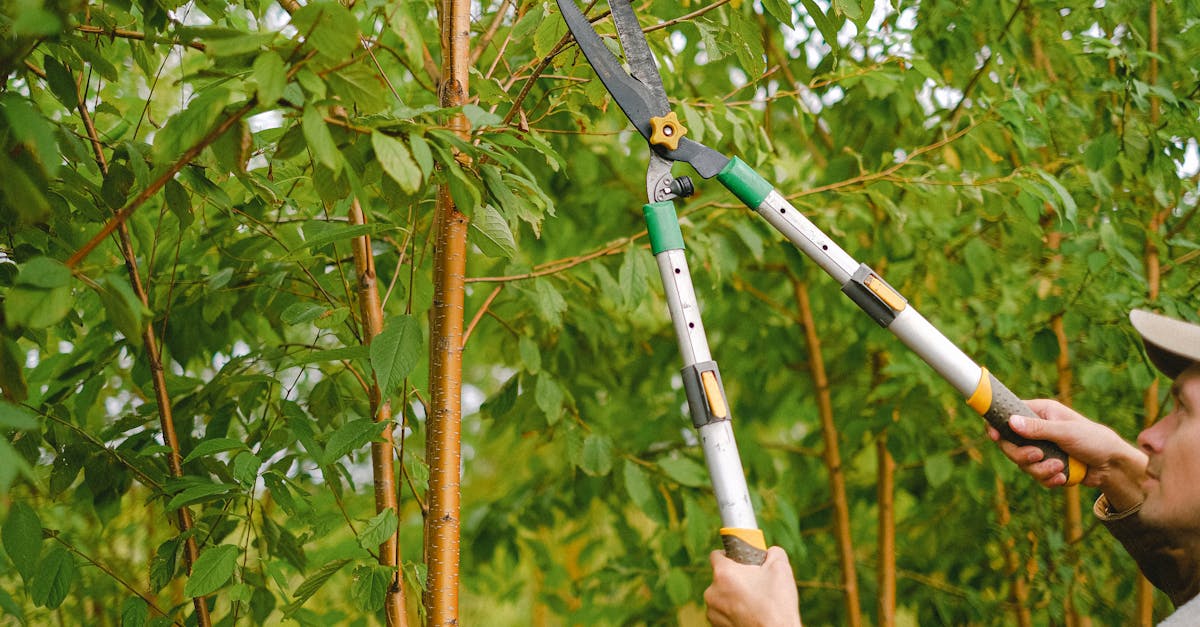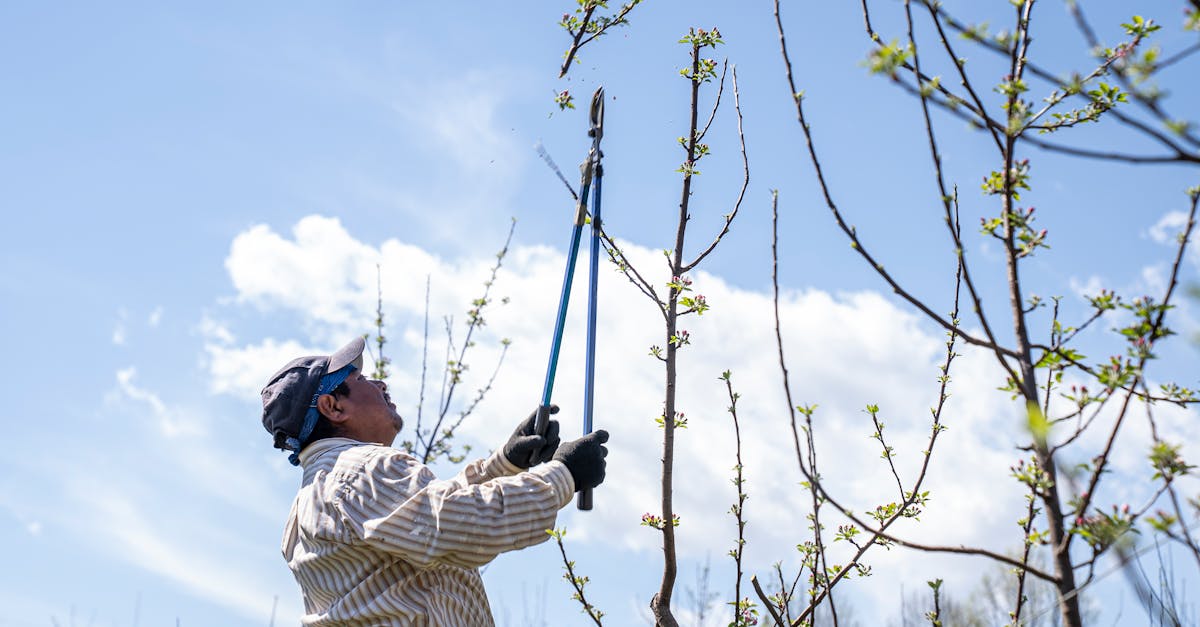
Hiring a Professional Arborist for Tree Care
Hiring a professional arborist for tree care can make a significant difference in the health and appearance of your trees. It is essential to seek the expertise of an arborist who understands the specific needs of your trees and the environment in which they thrive. For instance, in places like Florida, where tree pruning and trimming are key components of proper tree maintenance, a knowledgeable arborist can help ensure that these tasks are conducted effectively and safely.
Tree Pruning and Trimming in Florida require a deep understanding of the local flora and climate conditions to promote healthy growth and longevity of trees. Professional arborists possess the skills and tools necessary to assess the condition of your trees accurately and recommend the most suitable pruning and trimming techniques. By entrusting your tree care to a qualified arborist, you can be confident that your trees will receive the care they need to flourish in the unique environment of Florida.
Ensuring Safe and Effective Tree Maintenance Services
Tree pruning and trimming in Florida is a critical aspect of maintaining the health and aesthetics of trees. Ensuring safe and effective tree maintenance services is essential to promote tree growth and prevent disease. When selecting a professional arborist for tree care services, it is imperative to consider their experience, qualifications, and adherence to safety standards. An expert arborist will possess the expertise to identify and address issues such as diseased branches, overcrowding, or storm damage through proper pruning and trimming techniques. By entrusting trained professionals with the task of tree maintenance, property owners can rest assured that the health and longevity of their trees are in good hands.
Effective tree maintenance in Florida involves timely and appropriate actions tailored to the specific needs of each tree species. Arborists must understand the optimal timing for tree pruning and trimming to minimize stress and maximize growth potential. By being attuned to seasonal considerations, such as avoiding pruning during active growth periods or extreme weather conditions, arborists can mitigate risks and achieve desired outcomes. Employing proper techniques for pruning different tree types and tailoring methods to specific species ensures not only safe practices but also promotes the overall well-being of the trees in residential or commercial landscapes.
Understanding Tree Pruning Timing
Understanding the optimal timing for tree pruning and trimming is crucial to maintaining the health and aesthetics of your trees. In Florida, where the climate can vary, it is essential to consider the specific season when planning your tree maintenance schedule. Ideally, tree pruning should be carried out during the dormant season, often in late winter or early spring. During this period, trees are less susceptible to stress and diseases, promoting faster healing and growth after pruning.
On the other hand, tree trimming can be performed throughout the year, although certain species may benefit from trimming during specific seasons. For instance, spring is generally a favorable time for trimming most trees as they enter a period of active growth. However, it is important to avoid heavy trimming in the summer months to prevent stress on the tree due to the intense heat and humidity in Florida. By understanding the timing considerations for tree pruning and trimming in Florida, you can enhance the overall health and resilience of your trees, ensuring they continue to thrive in the unique climate of the region.
Seasonal Considerations When Trimming Trees
When it comes to trimming trees, especially for the vibrant flora found in places like Florida, understanding the seasonal nuances is crucial. Winter is often considered as the ideal time for trimming many trees, as growth is dormant, and the absence of leaves provides a clear view of the tree's structure. This allows for precise cuts to be made without harming the tree's health. In contrast, trimming during the active growing season in spring and summer can stimulate growth and help shape the tree, but should be done with caution to avoid stressing the tree.
Tree Pruning and Trimming in Florida requires a thoughtful approach due to the state's unique climate. The hot and humid weather in Florida can impact tree health and growth, making timing crucial for successful trimming. For many trees, late winter and early spring are best for trimming to remove dead or damaged branches before new growth begins. However, it's important to research specific tree species, as some may have different optimal trimming times. By aligning tree trimming practices with the seasonal needs of the diverse trees in Florida, arborists can ensure healthy, flourishing landscapes throughout the year.
Proper Techniques for Pruning Different Tree Types
Properly pruning trees is essential for their health and aesthetic appeal. Understanding the specific techniques for pruning different types of trees can make a significant difference in their growth and overall well-being. Tree Pruning and Trimming in Florida require attention to detail and knowledge of each tree species to ensure optimal results.
When pruning deciduous trees such as oak and maple, it is crucial to focus on removing dead or diseased branches while promoting proper branch spacing. This type of pruning is often performed during the tree's dormant season to minimize stress and encourage new growth in the spring. On the other hand, pruning evergreen trees like pine or cedar involves careful consideration of their growth habits and the removal of excess foliage to improve air circulation and sunlight penetration. Tailoring pruning methods to specific tree species is key to maintaining their vitality and appearance over time.
Tailoring Pruning Methods to Specific Species
Tailoring pruning methods to specific tree species is crucial for effective tree care. Different trees have unique growth patterns, branch structures, and overall health requirements. When it comes to tree pruning and trimming in Florida, understanding the specific needs of each type of tree is essential for promoting growth, health, and longevity.
For instance, palm trees require specialized pruning techniques due to their unique growth habits and appearance. Improper pruning of palm trees can lead to irreversible damage and hinder their ability to thrive in the Florida climate. By tailoring pruning methods to specific species, arborists can ensure that trees receive the care they need to flourish in the diverse environment of Florida.
FAQS
What is tree pruning?
Tree pruning is the process of selectively removing branches from a tree to improve its health, appearance, or safety.
What is tree trimming?
Tree trimming involves cutting back overgrown branches to maintain the shape and size of a tree, usually for aesthetic purposes or to prevent interference with structures or power lines.
What is the main difference between tree pruning and trimming?
The main difference between tree pruning and trimming lies in their goals - pruning focuses on the long-term health and structure of the tree, while trimming is more about maintaining its appearance and managing growth.
When is the best time to prune a tree?
The ideal time to prune a tree depends on the species. Generally, pruning in late winter or early spring, before new growth begins, is recommended for most trees.
Can I prune or trim my trees myself, or should I hire a professional arborist?
While you can do light trimming on small trees, it's best to hire a professional arborist for pruning, especially for larger trees or if the work involves climbing or using specialized equipment to ensure safe and effective tree maintenance.


